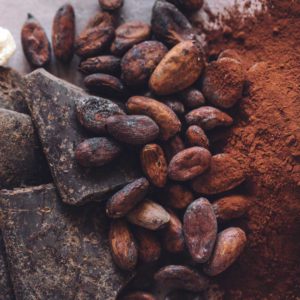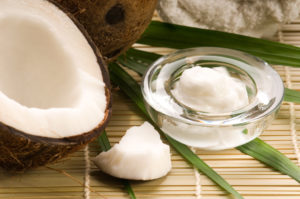Namaste!
It’s been gray and uncomfortable outside for the last few days, so we’re missing bright colors and spicy food. And today we will talk about hot pepper.
Probably everyone knows that capsaicin, a chemical compound in pepper that irritates and causes a burning sensation when in contact with any tissues, is to some extent responsible for the burning sensation of pepper. Chili heat is measured in Scoville units. The hottest varieties of chili (Capsicum chinense) range from 200,000 to 300,000 Scoville units. Rather hot Thai chilies barely reach 100,000, more common varieties such as jalapeño or Italian pepperoncino are usually below 5,000 Scoville units.
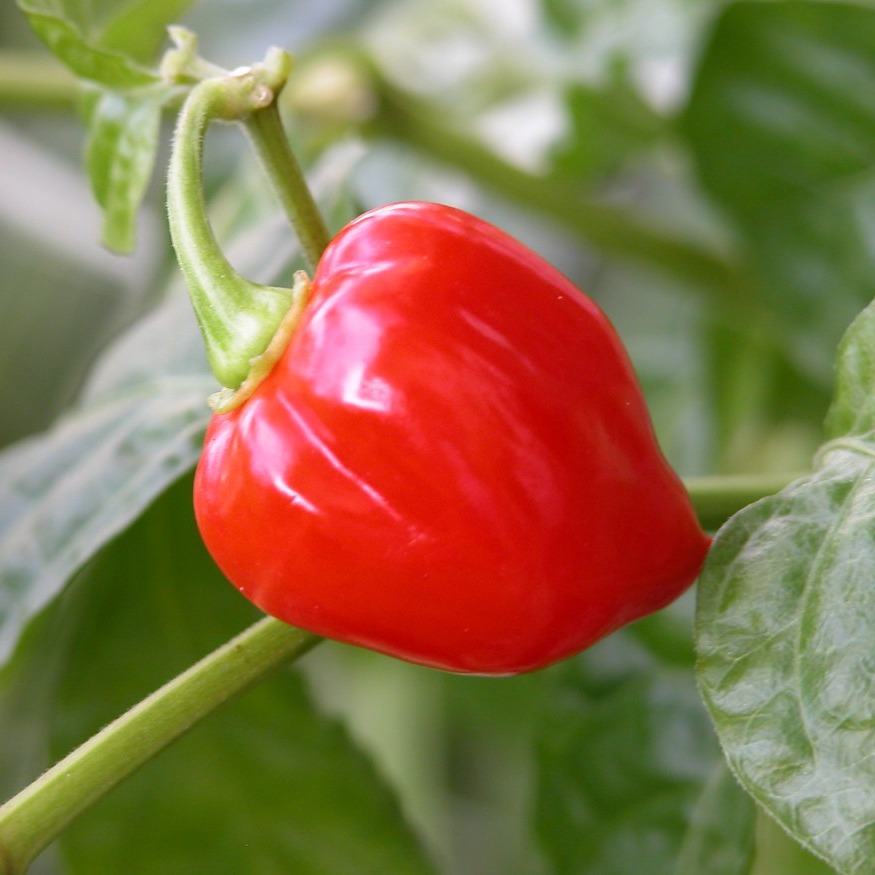
The Central American species of pepper, Capsicum chinense, is characterized by a very high content of capsaicin, usually 2% (approximately 300,000 Scoville heat units), which is not reached by other species. The proprietary variety, Red Savina Habanero, has long been arguably the hottest chili on earth, rated at an exciting 3.7% (577,000 Scoville heat units).
In 2000, Indian scientists reported a previously unknown variety of chili grown in the hills near the central Assamese city of Tezpur – Tezpur chili.
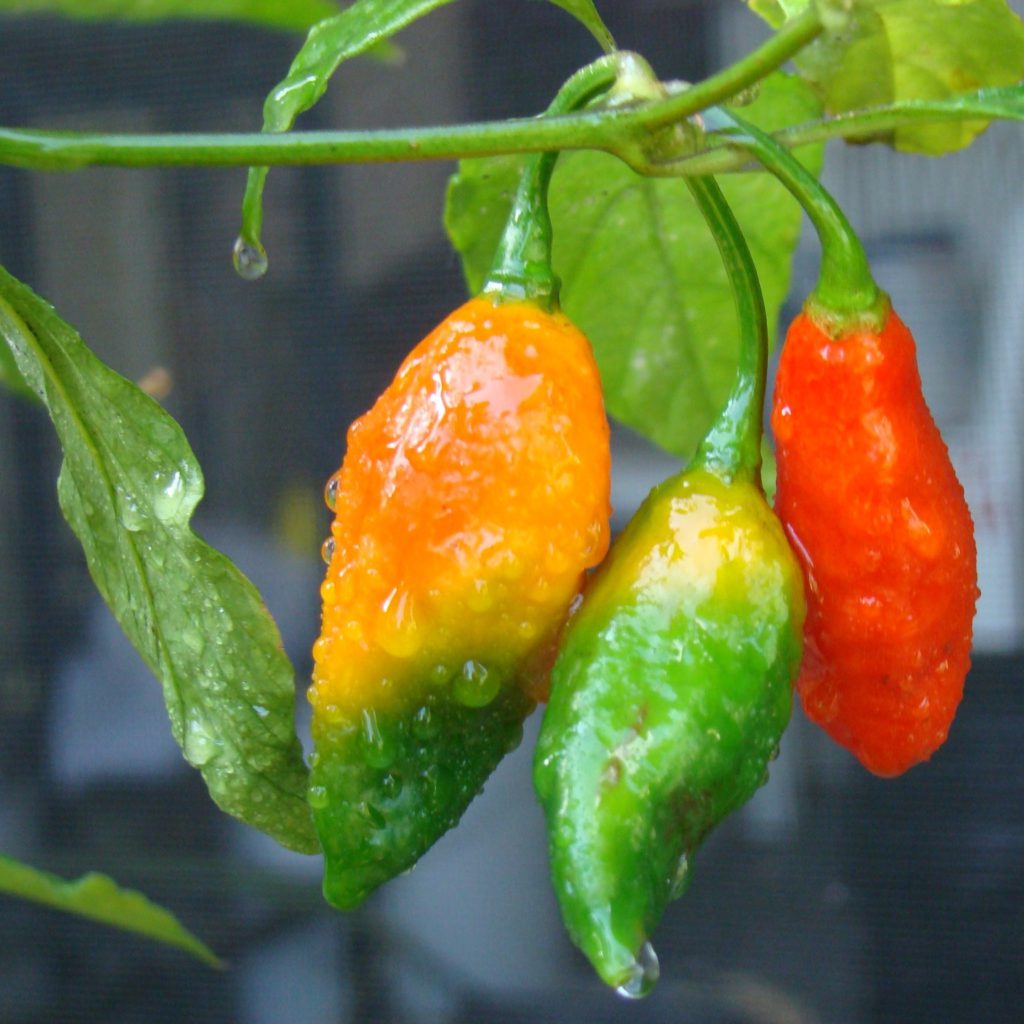
This new type of chili has a Chinese “ancestor” but is a hybrid and much hotter than the Red Savina Habanero: its heat has been measured at an incredible 855,000 Scoville units, which corresponds to 5.7% capsaicin in the dried material.
Scientists apparently have nothing to do, so in less than three years a new variety of Dorset Naga chili was bred
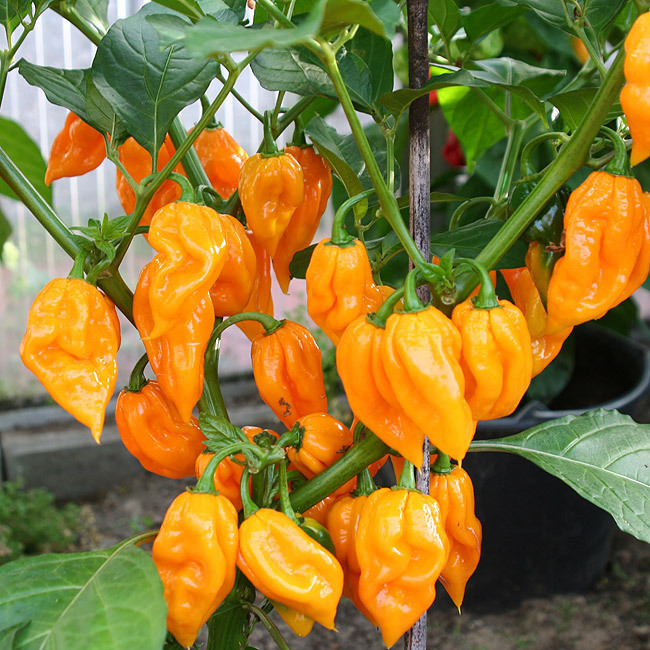
with a heat of 925,000 Scoville units for dry peppers and 1,032,310 units for ripe fruits harvested in 2009.
It will not surprise anyone if we note that the hotness baton was soon taken away from the Indian chili by its brother – “Scorpion of Trinidad”,
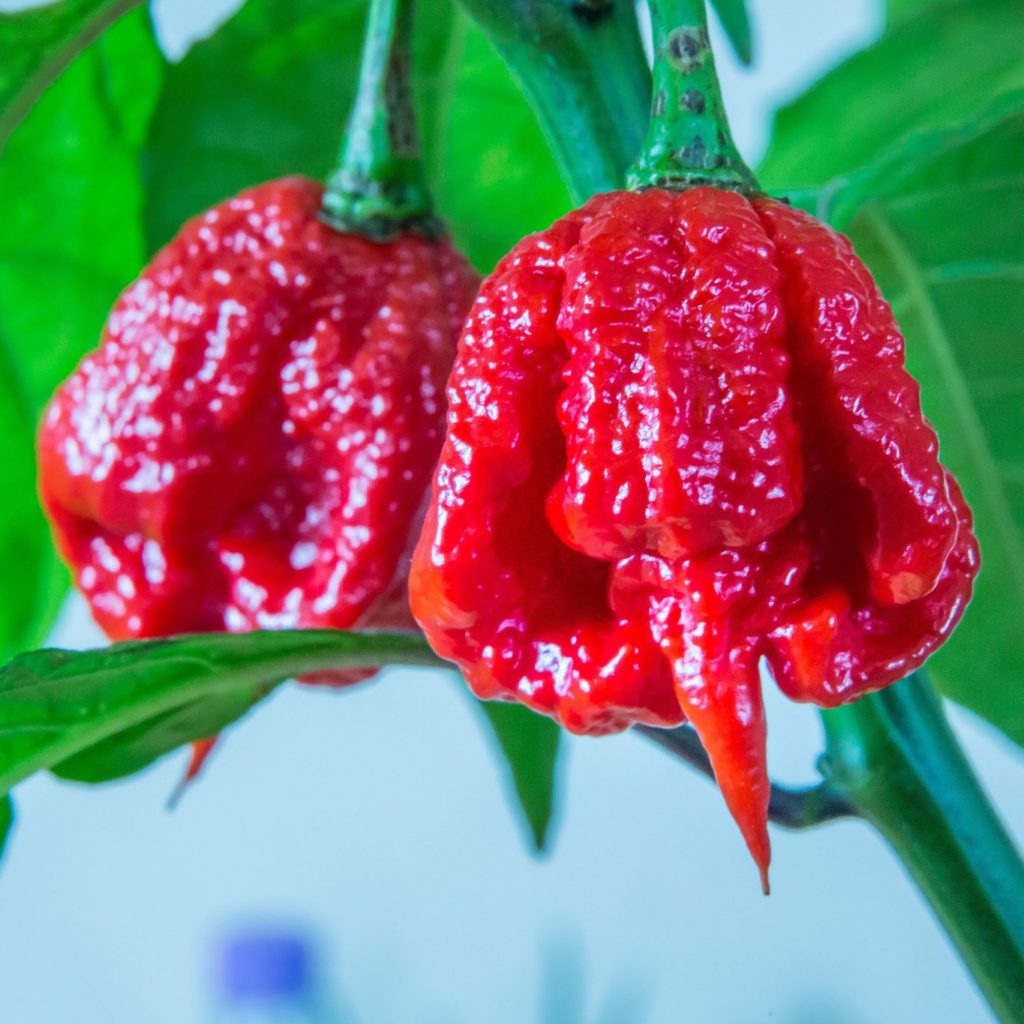
pepper with a heat of 1.46 million Scoville units and a funny “tail”, which gave the pepper its name. Trinidad Moruga Scorpion was the winner among hot peppers, but in 2012 an American gardener bred the absolute champion – Carolina Reaper or “Carolina Reaper”. The sharpness of the Reaper reaches a record 1.15 million and 2.2 million Scoville units.
The following sentence sounds all the more frightening that the interest in eating the fruits of this variety is widespread among daredevils, who year after year try to break the record for the speed of eating the Carolina Reaper. The world record from April 24, 2016 belongs to the American Wayne Algenio, who managed to eat 22 peppers in 60 seconds.
Just so you understand: growing and processing champion peppers requires wearing gas masks and protective clothing similar to chemical protective suits. And these precautions are not for nothing – some of those who grew the new “hell” pepper had hallucinations.
Usually, the hottest varieties of chilies are used in the production of weapons (pepper spray) for private use (protection against robbers) and for military (fighting riots) purposes. The capsaicin obtained from them is also added to the paint used to cover the bottoms of ships to protect against molluscs. I wonder how effective pepper is on shellfish, because hot pepper lovers among humans seem to never stop! Brrr!





